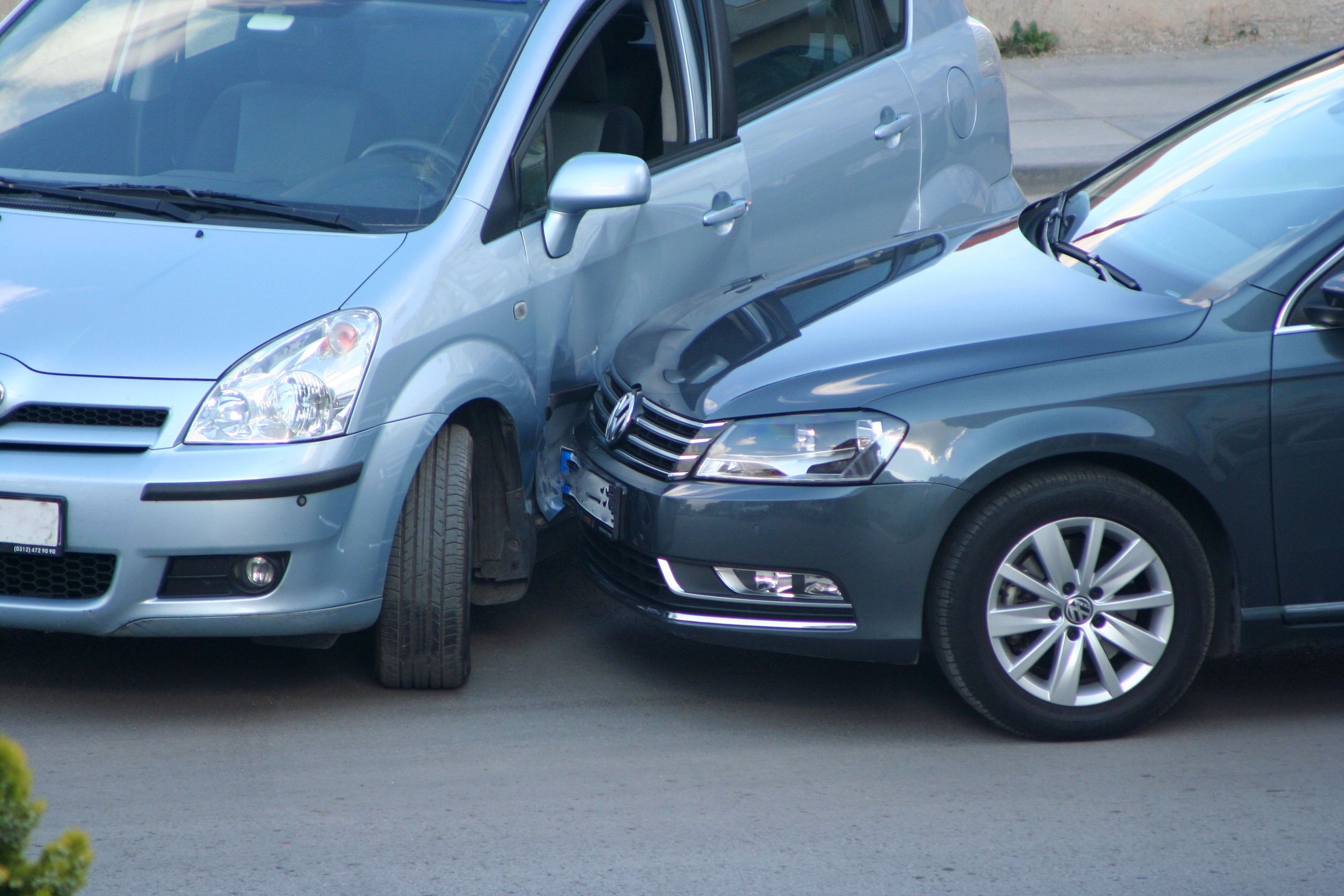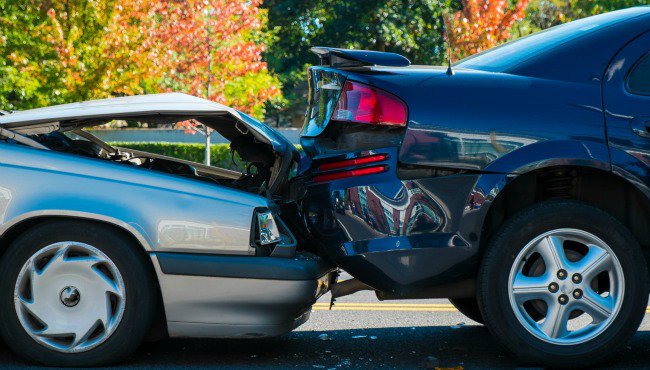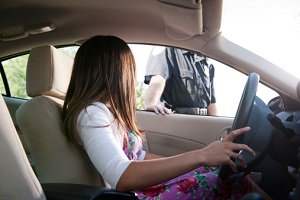Myths are common in the auto insurance industry because of the mystery surrounding the criteria for car insurance rates and the variety of coverage options available. In this post we’ll debunk some of the most common myths of auto insurance and lay out some of the important realities.
MYTHS
Red cars are more expensive to insure.
Insurance companies don’t ask for the color of your car when calculating quotes because it isn’t a necessary factor.
Cheaper or older cars cost less to insure.
It depends. If your cheaper or older car is, for example, an unusual model, it can cost more to insure than a pricier car. Simply put, car insurance rates depend on several factors.
Comprehensive coverage protects drivers in all situations.
Comprehensive coverage protects your car against damages outside of a collision. This can include a wide range of events like falling objects, fire, vandalism, theft and weather (floods, hail, etc.), but what it exactly covers is dependent on your car insurance policy.
REALITIES
An accident can make insurance rates go up.
Generally speaking, the severity of the accident and the cost of the claim will determine if there will be an increase in your rate. If you are in an accident where you’re found at fault, there can be an increase in your auto insurance rate at its renewal period based on the claim.
Personal information, vehicle information and driving history are used to determine auto insurance rates.
Insurance companies generally consider a variety of data including personal information such as age, sex, marital status and additional drivers on the policy, vehicle information (make, model, year), and driving history such as how often and how far an insured drives and their driving record. Many insurance companies also ask for credit score, but Active Insurance works with companies that don’t use credit history so insureds are eligible to receive the best rates, even if they don’t have the best credit score.
City dwellers pay more for auto insurance.
Where you live influences your auto insurance rate. People who live in cities generally pay more for car insurance than rural residents because there’s a higher risk for claims due to increased traffic, accidents and theft.
It’s important to know the myths and realities of auto insurance because auto insurance is mandatory for all drivers, and quotes are based on several factors. Contact Active Insurance for more information about car insurance quotes in Chicago. We provide a variety of options that fit the needs of Illinois drivers.
Image Source: acuity.com





